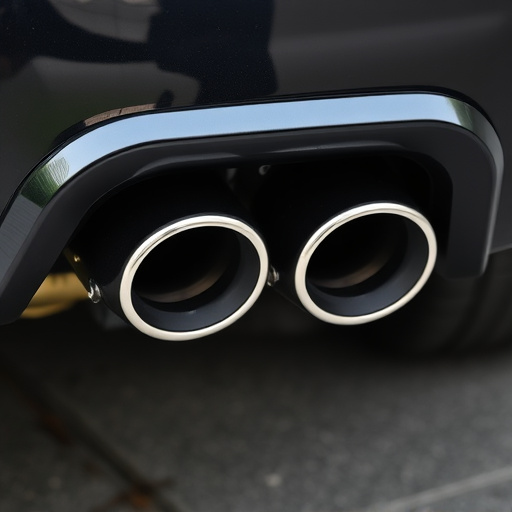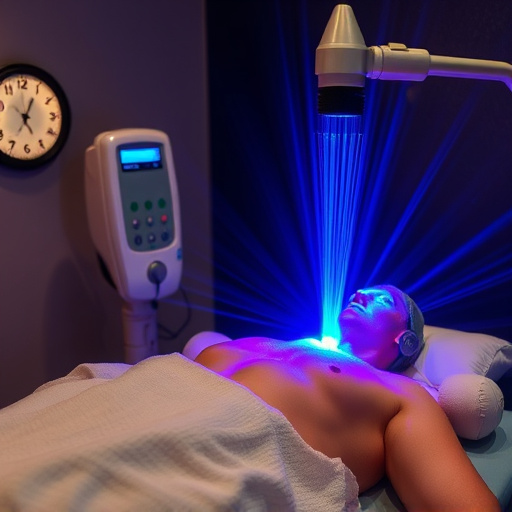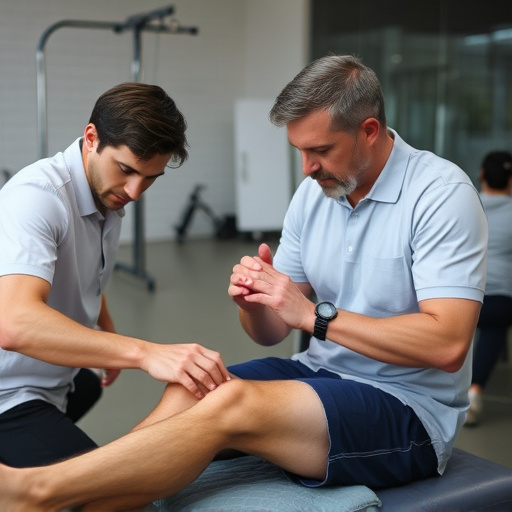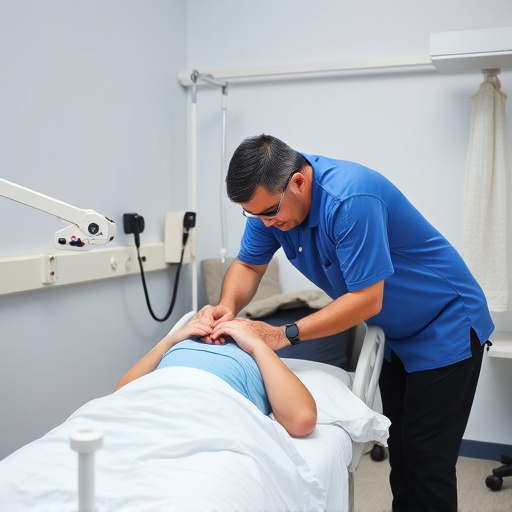Shockwave therapy and physical therapy combine for effective shockwave plantar fasciitis treatment. Shockwaves stimulate healing, grow blood vessels, reduce inflammation, and enhance tissue repair without surgery. Physical therapy targets movement patterns, posture, and biomechanics related to plantar fasciitis, preventing recurrences. This holistic approach accelerates recovery, improves durability, and promotes long-term wellness for individuals with plantar fasciitis.
Plantar fasciitis, a common foot condition causing heel pain, often requires aggressive treatment. Combining shockwave therapy with physical therapy offers a powerful approach for optimal healing. Shockwave treatment uses low-energy sound waves to stimulate tissue repair, while physical therapy focuses on strengthening exercises and stretching routines. Integrating these two modalities can significantly reduce pain, improve mobility, and restore function, making it an effective game-changer in managing plantar fasciitis.
- Understanding Shockwave Therapy for Plantar Fasciitis
- Physical Therapy Techniques to Complement Shockwave Treatment
- Integrating Both Approaches for Optimal Healing
Understanding Shockwave Therapy for Plantar Fasciitis
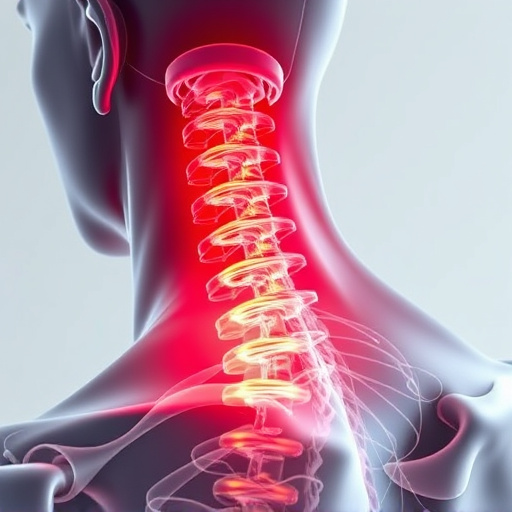
Shockwave therapy for plantar fasciitis has emerged as a non-invasive and effective treatment option, offering relief to those suffering from this common sports injury. This innovative approach utilizes focused shockwaves to stimulate healing in the affected area, specifically targeting the plantar fascia—a thick band of tissue that runs along the bottom of the foot. The procedure is often recommended for individuals experiencing chronic or persistent pain due to plantar fasciitis, which can significantly impact mobility and daily activities.
By delivering high-energy shockwaves, this therapy promotes the growth of new blood vessels and encourages the body’s natural healing process. It is particularly beneficial for patients who have not responded well to conservative treatments like rest, stretching, or physical therapy alone. With its ability to reduce inflammation, stimulate fibroblasts (cells responsible for collagen production), and enhance tissue repair, shockwave therapy offers a promising alternative for those seeking long-lasting relief from plantar fasciitis without the need for surgical intervention or intense personal injury chiropractic adjustments.
Physical Therapy Techniques to Complement Shockwave Treatment

Physical therapy plays a crucial role in complementing shockwave plantar fasciitis treatment, enhancing its effectiveness. Techniques such as ultrasound, electrical stimulation, and specialized exercises can help accelerate healing, reduce inflammation, and improve flexibility around the feet and ankles. These methods not only support the regeneration of healthy tissue but also aid in strengthening surrounding muscles to provide better stability and support for the affected area.
Incorporating physical therapy alongside shockwave treatment offers a holistic approach to managing plantar fasciitis. While shockwaves promote tissue repair, physical therapy addresses underlying movement patterns, posture, and biomechanics that might contribute to the condition. Techniques like manual therapy, gait retraining, and stretching routines can be tailored to individual needs, focusing on areas such as the hips, knees, and calves, which are often connected to plantar fasciitis via complex kinetic chains. This integrated approach ensures comprehensive care, aiming not only to alleviate symptoms but also to prevent future recurrences.
Integrating Both Approaches for Optimal Healing
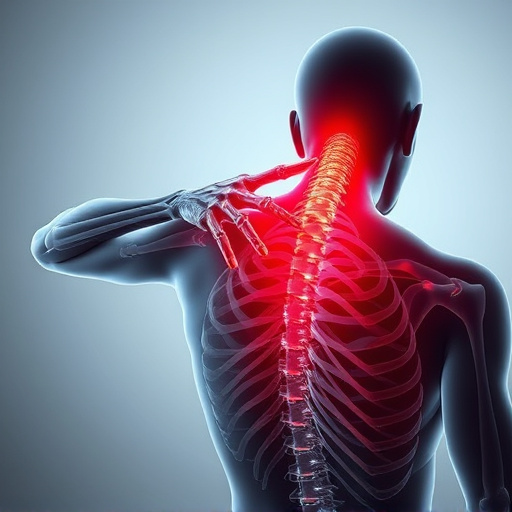
Combining shockwave plantar fasciitis treatment with physical therapy offers a powerful dual approach to optimal healing. Shockwave therapy, known for its ability to stimulate tissue regeneration and reduce pain associated with conditions like plantar fasciitis, works by delivering targeted acoustic waves to the affected area. Physical therapy complements this process by addressing underlying structural issues, strengthening supporting muscles, and improving flexibility. This integration of advanced technology and personalized movement strategies can lead to faster recovery times, enhanced durability of results, and improved overall function for individuals struggling with plantar fasciitis pain.
By focusing on both the source of the problem and the symptoms, this holistic approach goes beyond mere headache relief to address post-injury care and promote long-term wellness. Whether an individual is seeking shockwave therapy for pain or focused on preventative measures, combining these two powerful modalities can unlock a new level of healing potential.
Combining shockwave therapy with physical therapy offers a comprehensive approach to treating shockwave plantar fasciitis. By utilizing both innovative treatment modalities, patients can achieve optimal healing and relief from heel pain. This integrated method enhances blood flow, promotes tissue regeneration, and strengthens the plantar fascia, ultimately leading to improved mobility and a reduced risk of future injuries. For individuals seeking long-lasting solutions for plantar fasciitis, embracing this dual-approach therapy is a step towards regaining comfort and confidence in their daily activities.




